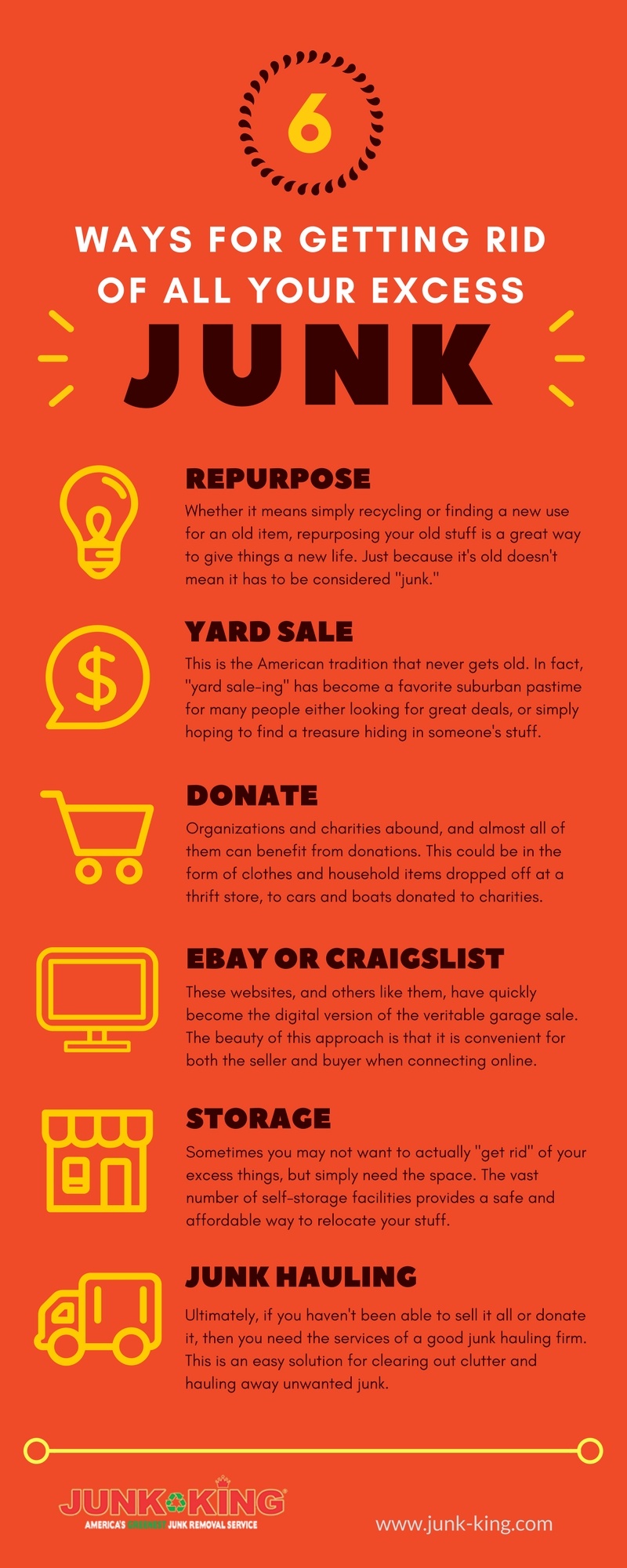A Full Guide To Establishing The Perfect Dumpster Dimension For Your Task
A Full Guide To Establishing The Perfect Dumpster Dimension For Your Task
Blog Article
Short Article Composed By-Romero Davies
When embarking on a task that calls for a dumpster, the size you pick can substantially affect its performance and cost-effectiveness. Visualize having the perfect container that accommodates all your waste without being exceedingly huge or as well small. It all starts with recognizing the subtleties of your task and choosing a dumpster size that aligns with your certain demands. So, before https://www.prunderground.com/trash-management-company-priority-dumpster-rental-utica-discusses-residential-waste-management-trends/00231233/ choose, think about the variables at play to make sure a smooth waste administration process from beginning to end.
Aspects to Consider
When deciding on the best dumpster size, there are several key factors to consider.
Initially, think of the kind of waste you'll be dealing with. Various products might call for varying amounts of area, so recognizing what you'll be putting in the dumpster is important.
Next, analyze the amount of waste you expect to produce. If you ignore the quantity, you might need to make multiple trips to deal with every little thing, which can be inconvenient and expensive. On the other hand, renting out a dumpster that's as well huge can cause unneeded expenditures.
Furthermore, consider the area where the dumpster will be positioned. Ensure there's enough room for the dumpster to be provided and gotten without any obstructions.
Last but not least, consider any kind of weight restrictions that may apply. Surpassing the weight limitation can result in additional fees or even the refusal of service.
Dumpster Size Options
For choosing the appropriate dumpster dimension, it's vital to have a good understanding of the available choices. Dumpster dimensions typically vary from 10 to 40 cubic yards, with variants in between.
go right here -yard dumpster is suitable for tiny tasks like a garage cleanout or a small improvement. If you're dealing with a medium-sized project such as a kitchen area remodel or a cellar cleanout, a 20-yard dumpster might be the right option.
For larger projects like a whole-house remodelling or commercial construction, a 30 or 40-yard dumpster could be more suitable to accommodate the quantity of waste produced.
When picking a dumpster dimension, think about the amount and kind of debris you anticipate to take care of. It's better to select a slightly bigger size if you're not sure to stop overfilling. Keep in mind, it's even more economical to rent out a dumpster that fits your needs instead of having to purchase an extra one.
Matching Size to Project
Efficiently matching the dumpster size to your project is critical for effective waste monitoring. To identify the appropriate size, consider the range and nature of your job.
For tiny household cleanouts or restorations, a 10-yard dumpster might be adequate. These are commonly 12 feet long and can hold about 4 pickup lots of waste.
For bigger jobs like remodeling multiple rooms or cleaning out a large estate, a 20-yard dumpster may be better. These are around 22 feet long and can hold around 8 pickup truck tons.
If you're dealing with a significant building project or commercial remodelling, a 30-yard dumpster could be the best fit. These dumpsters have to do with 22 feet long and can accommodate about 12 pickup lots of particles.
Matching the dumpster size to your task guarantees you have enough area for all waste products without overpaying for extra capability.
Final thought
In conclusion, picking the appropriate dumpster dimension for your project is important for effective waste disposal. By thinking about aspects like the type and amount of waste, space availability, weight limitations, and spending plan constraints, you can ensure you have the appropriate size dumpster for your demands. Ensure to match the size of the dumpster to the extent and nature of your project to stay clear of overspending on unneeded costs.
